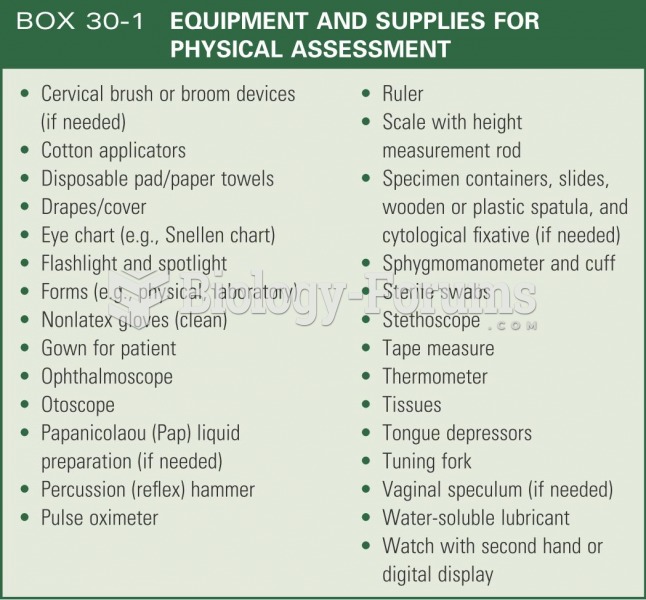|
|
|
Children of people with alcoholism are more inclined to drink alcohol or use hard drugs. In fact, they are 400 times more likely to use hard drugs than those who do not have a family history of alcohol addiction.
Between 1999 and 2012, American adults with high total cholesterol decreased from 18.3% to 12.9%
Bisphosphonates were first developed in the nineteenth century. They were first investigated for use in disorders of bone metabolism in the 1960s. They are now used clinically for the treatment of osteoporosis, Paget's disease, bone metastasis, multiple myeloma, and other conditions that feature bone fragility.
More than 34,000 trademarked medication names and more than 10,000 generic medication names are in use in the United States.
The B-complex vitamins and vitamin C are not stored in the body and must be replaced each day.







